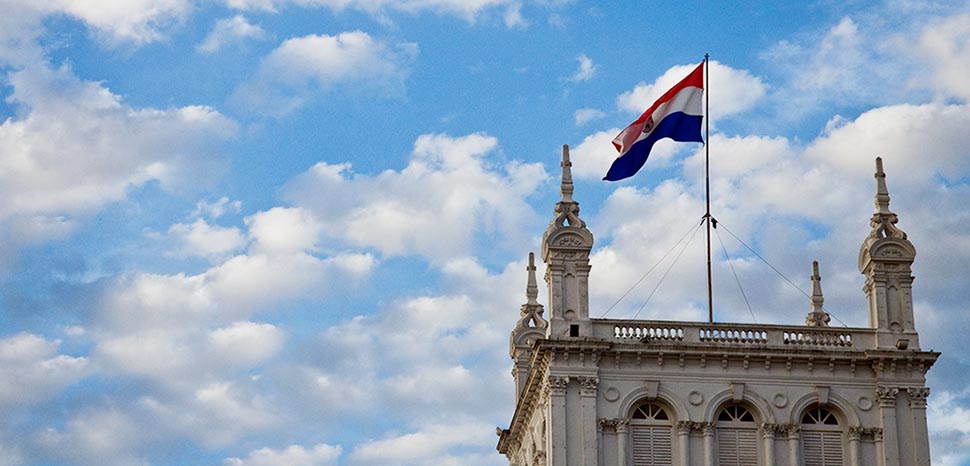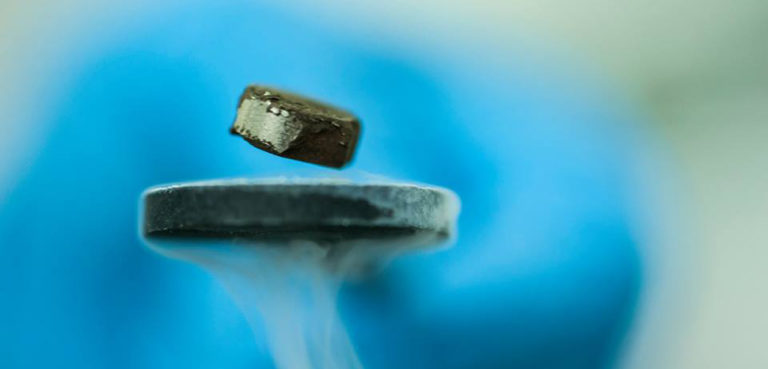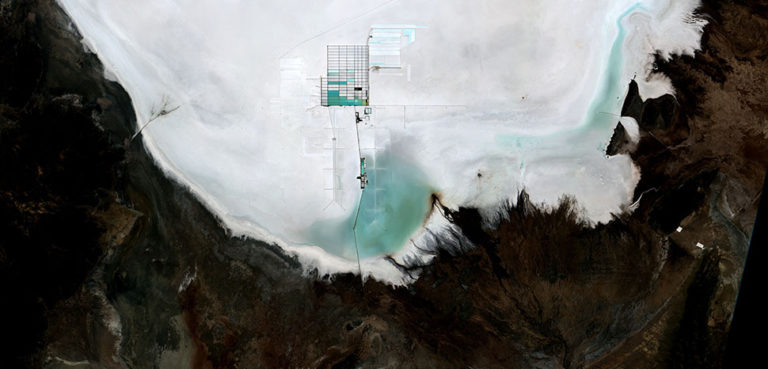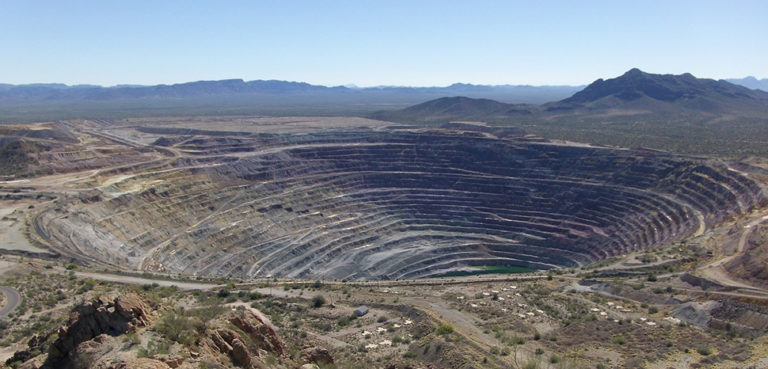“Paraguay will become the center of global titanium production,” was the headline of a November 2010 article in the BBC. Almost a decade and a half later, titanium production in Paraguay has yet to begin. Even more, by the own admittance of the country’s authorities, they are not sure how much titanium there is in the Alto Paraná department, where the deposits are located. Prospecting continues, but no public plans or timelines are available regarding when titanium production will commence, if ever.
President-elect Santiago Peña Palacios, who won the country’s 30 April presidential elections and will assume power this upcoming 15 August, has several challenges to address to bring development and stability to his land-locked South American nation. Given the global demand for critical minerals like titanium, one of the incoming president’s priorities must be to figure out how titanium-rich his country is and whether it is beneficial for a mining project to move forward.
Finding Titanium
In a July 2022 article for the Paraguayan daily ABC, Monica Urbieta, director of mining resources at the Vice Ministry of Mining and Energy, stated, “we do not have the final numbers yet, but we believe that there is a very big deposit of titanium.” However, keeping in line with Asuncion’s speech for over a decade, Urbieta added, “the belief is that the [mining] project puts Alto Paraná as one of the biggest deposits of high-grade titanium ore and biggest [in size] in the world.”
Urbieta was referring to titanium prospecting in the Alto Paraná and Canindeyú departments, Eastern Paraguay, carried out by the Paraguayan mining company Metálicos y No Metálicos Paraguay S.R.P., owned by the US-mining company Uranium Energy Corporation. Several Paraguayan media reports over the years have also praised the country’s titanium deposits and potential.
Uranium Energy Corp. acquired the Alto Paraná Titanium Project in Paraguay in 2017. “Leveraging our in-country presence and know-how, we identified a timely and strategic opportunity to consolidate over 70,000 hectares making up the Alto Paraná titanium project and its pilot plant for the benefit of UEC shareholders. Approximately $25 million has been invested in this project to date,” said Amir Adnani, President & CEO at the time.
According to the Uranium Energy Corp website, “project resource estimates position Alto Paraná as one of the highest-grade and largest-known ferro-titanium deposits globally.” The company is optimistic, explaining that the site has “excellent infrastructure with proximity to major hydroelectric power source, [and is] ideal for intense metallurgical mineral extraction.” The project status is “at advanced exploration stage with over $30 million invested to date.” The company estimates the titanium ilmenite deposits in the area at 689 mt. (The company is also present in Paraguay for another critical mineral, uranium, via the the Coronel Oviedo project and the Yuty project).
The Future of Paraguayan Titanium
When prospecting ends, the project’s production phase will begin, which involves a new round of paperwork. “The contract is being analyzed, but it has to go to the Treasury [Ministry], and when it is complete, a draft bill will be sent to the Parliament for a concession bill to be approved. [A mining project] can only occur via a concession bill per the Paraguayan Constitution’s Article 112.” Urbieta said in 2022, adding that she does not know if Uranium Energy Corporation plans to sell the titanium or will refine it directly.
A more recent, though equally ambiguous, update about the Alto Paraná project exists thanks to an article by Paraguayan daily La Nacion this past April. The article quotes the country’s Vice Minister for Mining and Energy, Carlos Saldívar, who noted, “there is a company working in the area. It is very important today from the industrial, strategic point of view, and at the country level, it would be very important.” More problematic is that, as La Nacion explains, “the vice minister indicated that the company that is currently working on the exploration of titanium is quantifying the amount that there may be, for which they prepared with a pilot plant to see the profitability of this mineral, but that there is still no official data on the amount [of titanium] in the deposit.” The head of the Vice-Ministry added, “the State does not have any institution that can carry out this work [prospecting for titanium] because until now, no political current has modified the organic charter of the sector to have the rights to exploit any mineral,” he said. In other words, reliable data is still not available, and the government does not have the independent resources to prospect for titanium on its own.
For this analysis, I have reviewed Paraguayan news sites, government sites, and other open-source websites; I have yet to find new info about the current status of this project.
Although official data and economic expectations are positive, Paraguay is one of South America’s poorest countries, though the country’s economy is expected to grow by 4.5% this year. Mining in the country is not significant, though Paraguay has deposits of iron, manganese, and gold, among others. If the titanium mining project ever becomes a reality, it would be the crown jewel of the country’s mining industry.
Conclusions
I have written several commentaries for Geopolitical Monitor about critical minerals production across Latin America and the Caribbean, including lithium production in Argentina, Bolivia,and Chile; how Peru wants to join the region’s lithium-producing “Lithium Triangle;” bauxite production in Jamaica; and even how coltan mining finances Colombian criminal networks. The situation in Paraguay stands out compared to the aforementioned research reports because titanium mining remains hypothetical in the landlocked state.
It is common to read headlines about how “country X” has the most significant deposits of “critical mineral or rare earth Y,” which could be a game changer for the global economy and the country’s own economy. Hype for Paraguay’s titanium reserves commenced over a decade ago and continues to make occasional media headlines; however, the fact that the Alto Paraná mining project has not moved forward is disheartening. There are plenty of drawbacks and valid criticisms about mining in general, such as pollution, deforestation, and water waste (e.g., regarding lithium mining); similarly, a government’s apparent lack of knowledge about a potentially very profitable commodity is equally problematic. Titanium mining in Paraguay could be either a good or bad idea, but not enough information is available for the Paraguayan population to discuss and decide.
In mid-August, Paraguay begins a new chapter when President-elect Santiago Peña Palacios takes office, but will Paraguay’s titanium reserves, and the country’s mining industry in general, finally enter a new chapter as well during the new administration?
Wilder Alejandro Sánchez is president of Second Floor Strategies, a consulting firm in Washington, D.C. He is an analyst that monitors defense & security, geopolitical, and trade issues across the Western Hemisphere, Eastern Europe, and Central Asia.
The views expressed in this article belong to the authors alone and do not necessarily reflect those of Geopoliticalmonitor.com.




